The Culinary Tapestry of Chinese New Year’s Eve: A Detailed Exploration of Traditional Feast Dishes and Their Symbolic Significance*
Chinese New Year’s Eve, or Chúxī, marks the final evening of the lunar calendar year, a night steeped in ritual, family reunions, and culinary abundance. Central to this celebration is the Nián yè fàn (New Year’s Eve dinner), a feast that transcends mere sustenance to embody cultural values, historical traditions, and aspirations for the coming year. The dishes served during this meal are not arbitrary; each is meticulously chosen for its symbolic resonance, with ingredients, preparation methods, and even colors carrying profound meanings. This article delves into the specific foods that grace tables across China and diaspora communities, unraveling the stories behind their inclusion and the cultural tapestry they weave. From the northern love for dumplings to the southern affinity for rice cakes, the Nián yè fàn* is a microcosm of China’s regional diversity and shared heritage.
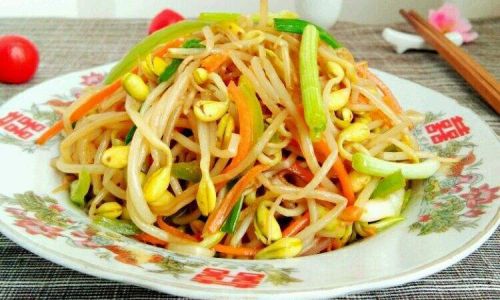
The Foundation of the Feast: Staples and Symbolism
The New Year’s Eve dinner is a carefully orchestrated affair, often spanning hours and involving multiple generations of a family. Dishes are designed to reflect themes of prosperity, unity, and good fortune, with many items reserved exclusively for this occasion.
-
Jiaozi (Dumplings) – Wealth and Transition
In northern China, Jiaozi (dumplings) are indispensable. Shaped like ancient Chinese gold or silver ingots, these half-moon pockets of dough symbolize wealth and the ability to accumulate riches in the new year. Families often gather to prepare dumplings together, a practice that fosters bonding and passes down culinary techniques. The filling varies by region: pork and cabbage is common in the north, while seafood-based options appear in coastal areas. Some households hide a coin or candy inside one dumpling; the person who finds it is believed to receive extraordinary luck. -
Niangao (New Year Cake) – Rising Fortunes
In southern China and among overseas Chinese communities, Niangao (sticky rice cake) takes center stage. Its name is a homophone for “higher year,” signaling aspirations for advancement and improvement. Made from glutinous rice flour, sugar, and water, the cake is either steamed or pan-fried until golden. Variations include red bean paste-filled versions or those flavored with brown sugar for a caramel-like richness. The chewy texture and sweetness mirror the desire for a life that is both resilient and satisfying. -
Yu (Whole Fish) – Abundance and Surplus
A whole fish, typically steamed or braised, is a universal feature of the feast. The word yu (fish) sounds like yú (surplus), making it a potent symbol of abundance. The fish is served with the head and tail intact, emphasizing wholeness and the hope for a good beginning and end to the year. In some regions, the dish remains partially uneaten to ensure leftovers, a literal representation of “having more than enough.”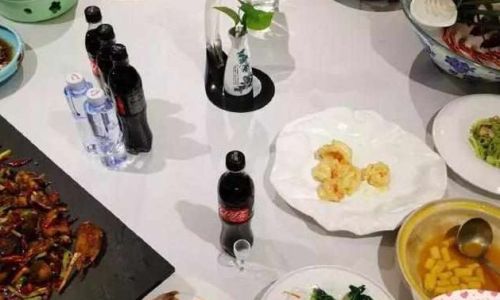
-
Chunjuan (Spring Rolls) – Wealth and Gold Bars
These golden, crispy rolls are shaped to resemble bars of gold, making them a favorite in eastern provinces like Fujian and Zhejiang. Filled with vegetables, meat, or seafood, they are deep-fried to achieve a shattering crust. The act of biting into a spring roll mirrors the desire to “bite into gold,” a metaphor for financial prosperity.
Regional Specialties: A Mosaic of Flavors
China’s vast geography and ethnic diversity result in regional variations of the New Year’s Eve spread, each reflecting local ingredients and historical influences.
-
Sichuan’s Hot Pot – Unity and Warmth
In Sichuan, a communal hot pot is often the heart of the meal. The simmering broth, filled with chili peppers and Sichuan peppercorns, symbolizes the family’s ability to overcome challenges together. Ingredients like thinly sliced meat, tofu, and vegetables are dipped into the spicy liquid, fostering shared enjoyment and warmth during the cold winter month. -
Guangdong’s Poon Choi – Prosperity and Togetherness
Hailing from Guangdong, Poon Choi (or Pen Cai) is a lavish layered casserole served in a large basin. It typically includes abalone, sea cucumber, roasted duck, and mushrooms, each ingredient symbolizing a different blessing. The dish is eaten communally, with diners digging through layers to discover treasures, emphasizing unity and shared abundance.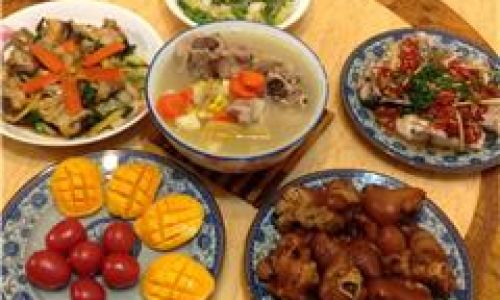
-
Shanghai’s Eight Treasures Rice – Harmony and Completeness
This sweet dish features glutinous rice steamed with eight symbolic ingredients, such as red bean paste, jujube, and walnuts. The number eight, considered lucky, represents completeness, while the dish’s vibrant colors (often achieved with natural dyes) mirror the joy of the season.
Vegetarian and Modern Adaptations
As dietary preferences evolve, many families now incorporate vegetarian or health-conscious options without sacrificing tradition.
-
Buddha’s Delight (Luóhàn Zhāi) – Purity and Compassion
Originally a Buddhist dish, Luóhàn Zhāi is a vegetarian stew featuring ingredients like mushrooms, bamboo shoots, and tofu. Its inclusion on the New Year’s table reflects a growing emphasis on plant-based diets and the desire for a pure, compassionate start to the year. -
Gluten-Free Dumplings – Adapting Traditions
For those with dietary restrictions, gluten-free dumpling wrappers made from rice or tapioca flour allow participation in the time-honored tradition of Jiaozi-making. These adaptations ensure that no one is excluded from the communal experience.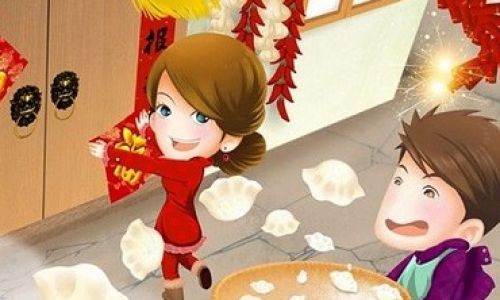
Desserts and Beverages: Sweet Endings and Auspicious Drinks
The meal concludes with sweets and libations designed to seal the evening’s good fortune.
-
Tangyuan (Glutinous Rice Balls) – Family Unity
These chewy, round dumplings are served in a sweet broth, often flavored with ginger or osmanthus flowers. Their shape and name (tángyuán sounds like tuányuán, meaning “reunion”) reinforce the importance of family cohesion. -
Baijiu – Toast to the Future
Baijiu, a potent Chinese spirit, is sipped during toasts. Its clear color symbolizes purity, while the act of sharing a drink strengthens interpersonal bonds.
Modern Innovations: Fusing Tradition with Contemporary Tastes
While tradition holds sway, modern chefs and home cooks are experimenting with fusion dishes that honor the past while embracing new flavors.
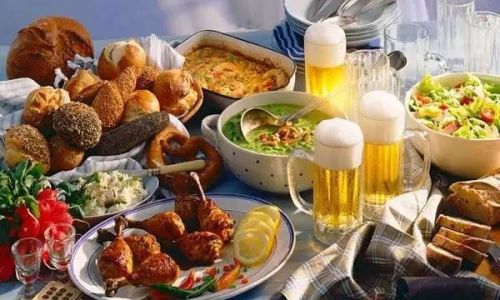
-
Sushi-Style Jiaozi – Global Influences
Some families now craft dumplings with colorful wrappers made from vegetable juices (e.g., beetroot for red, spinach for green) and fill them with ingredients like avocado or salmon, blending East and West. -
Deconstructed Niangao – Culinary Artistry
Chefs in urban centers are reinterpreting Niangao as a deconstructed dessert, pairing grilled sticky rice cake with ice cream or fruit compotes, appealing to younger, more adventurous palates.
Conclusion
The New Year’s Eve dinner is a living museum of Chinese culture, where every dish serves as a vessel for history, hope, and familial love. From the communal act of folding dumplings to the symbolic placement of a whole fish, the meal is a testament to the endurance of tradition in an ever-changing world. As families gather around tables laden with these auspicious foods, they not only nourish their bodies but also reaffirm their connection to ancestors and their optimism for the future. In this fusion of flavor and symbolism, the Nián yè fàn remains a cornerstone of Chinese identity—a feast that feeds the soul as much as the stomach.



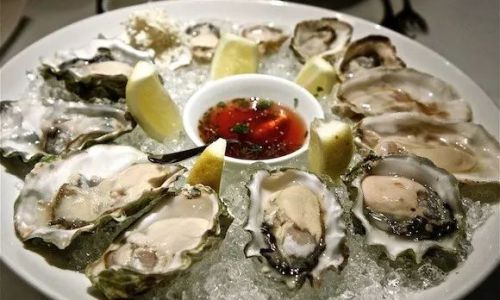
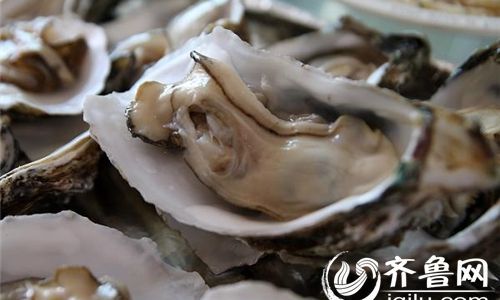
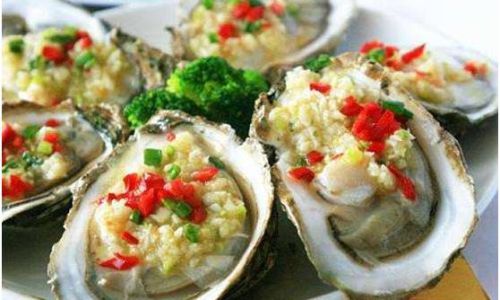
0 comments